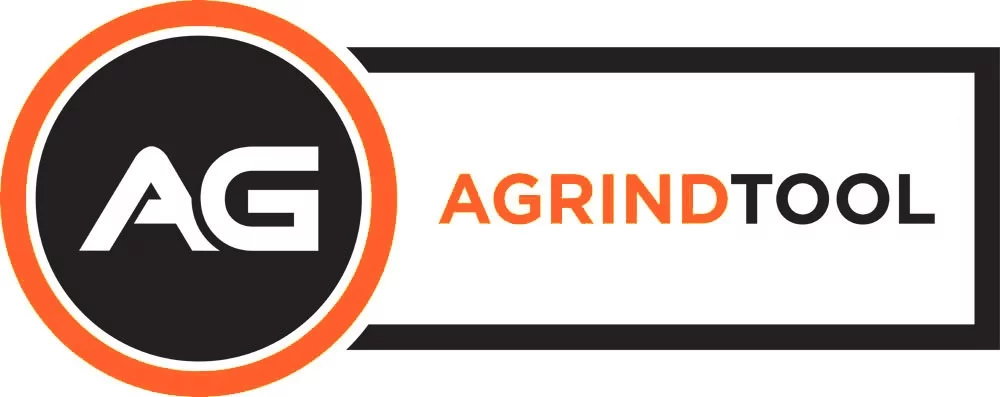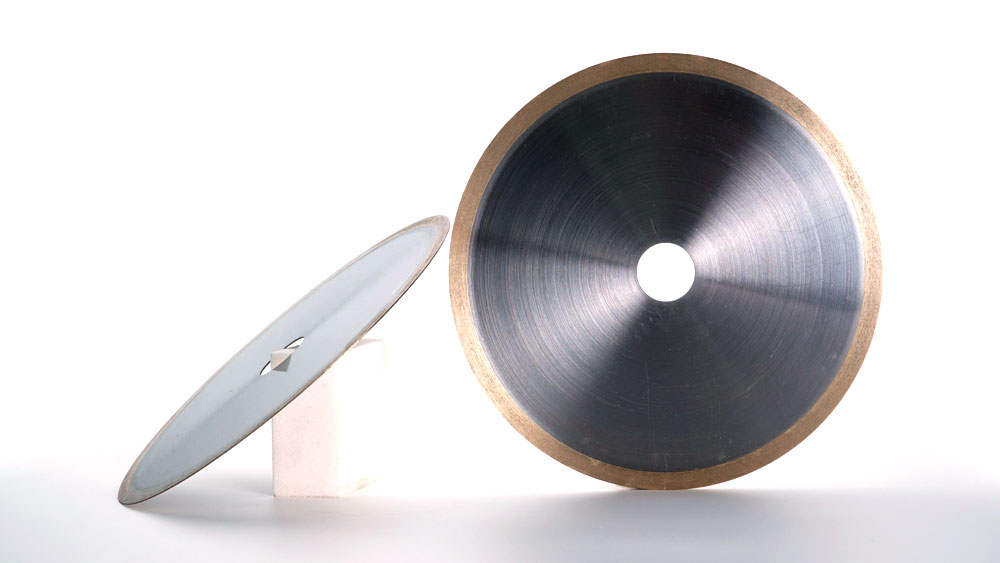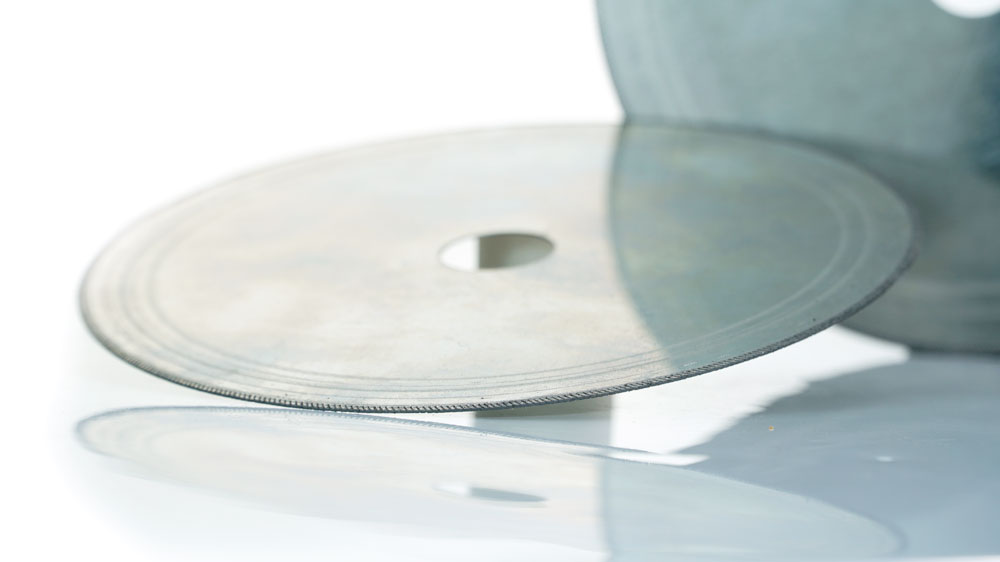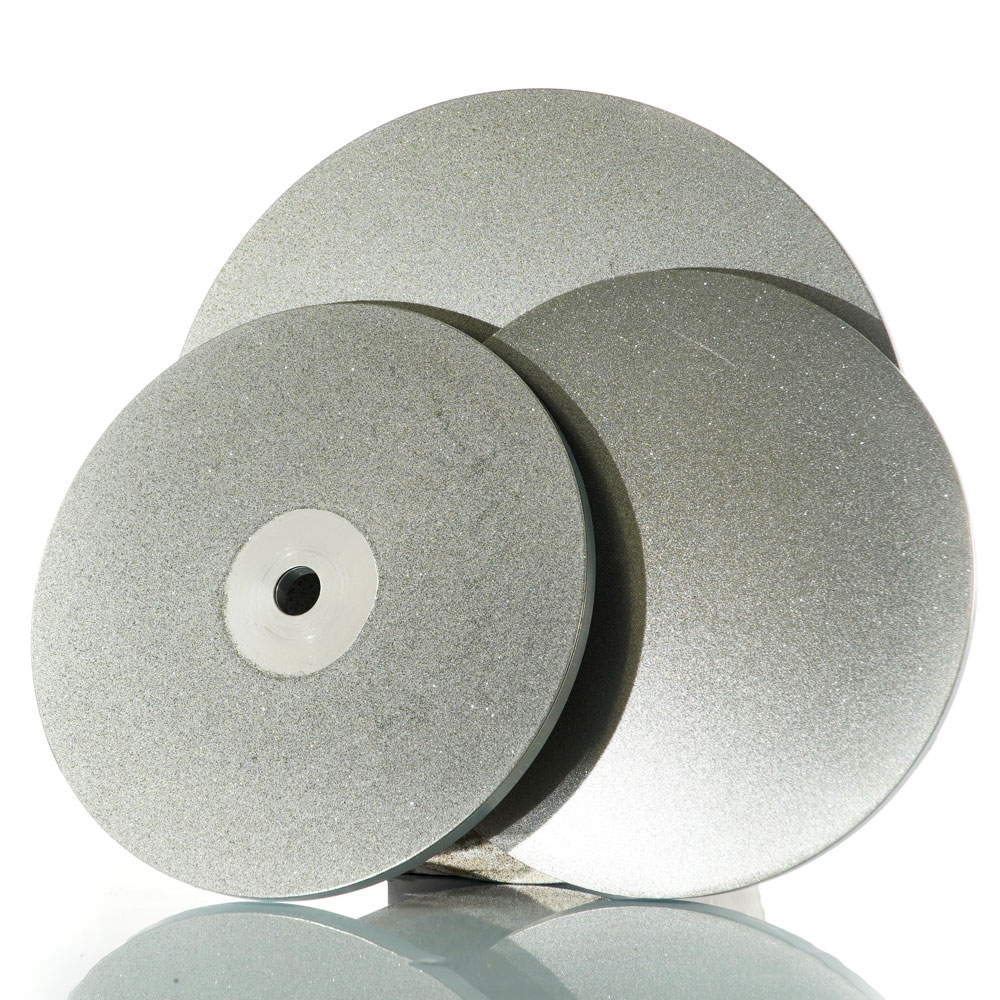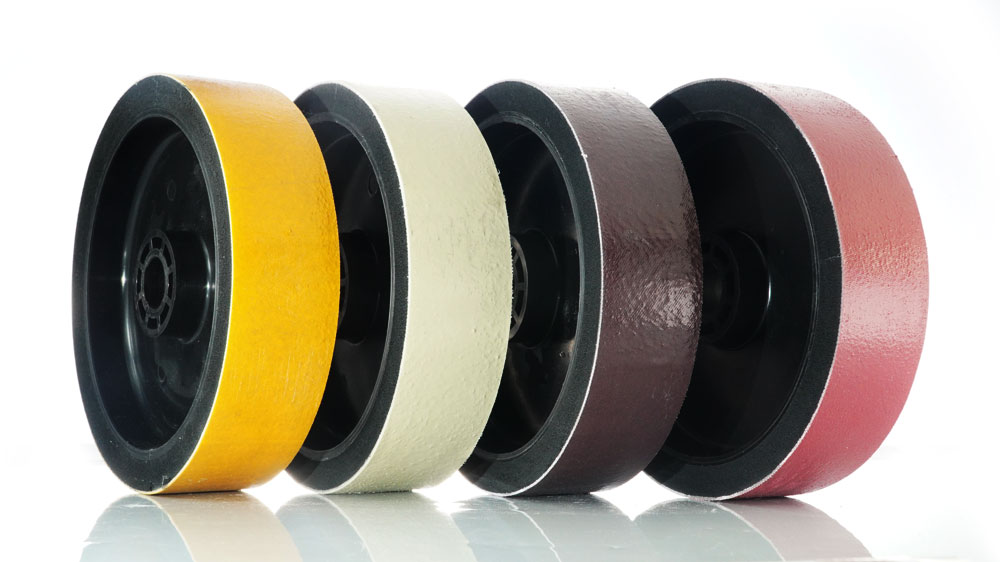The History of Lapidary & Lapidary Tools
Gem cutting most certainly got its start as an offshoot of mundane everyday activities. A stone may have fallen into a fire where the heat caused it to break or flake. Perhaps a sharp edge resulted. Certainly, flint and other hard stone possess sharp edges, but a blade-like cutting edge on a newly flaked piece of rock suggested some very interesting possibilities.
In prehistoric times, man hammered tools from stone, presumably smacking one stone against another. He scratched and chiseled out symbols and primitive writings on hard rock and cave walls – and gradually learned the great secret: some stones are harder than others and therefore they are more capable of inflicting scratches on other less hard stones. From this very basic understanding, drilling and bruting became possible.
Drilling, one of the first of the lapidary arts, traces its roots back almost 1,000,000 years ago. Primitive peoples learned that rocks could be broken or fractured. The breakage provided random fragments, but ultimately experimentation demonstrated that breakage could also be achieved with some semblance of control.
This same knowledge of relative hardness led to bruting, the shaping of a gem specimen by rubbing one mineral against another harder mineral. The slow and tedious practice of bruting was used for centuries until more refined techniques were introduced.
What is Lapidary?
If you’re new to the jewelry-making crowd, you may have come across the term – but what is lapidary? The etymological root of the word ‘lapidary’ is the Latin word ‘lapis’, meaning “stone”. Putting it simply, lapidary is the art of working with gemstones such as agate, jade, crystal, ruby, sapphire. In other words, Lapidary is the art of shaping, cutting, and making jewelry out of semiprecious or precious gemstones.
What are the different arts and techniques of lapidary?
Learning how to cut gemstones can be a confusing task in the beginning. You may wonder What are some different kinds of gemstone cuts? What are the basic differences? Which style works best for which stones?
As you begin your journey as a jewelry maker, it can be hard to get around the various gemstone cuts, including the various techniques and endless terminology. To help you get to grips with the world of jewelry making, we’ve pulled together a list of four basic lapidary arts: tumbling, cabbing, faceting, polishing, and inlaying. Let’s explore each of them:
1. Tumbling
Just starting out? This technique could be for you. Requiring the least equipment and minimal effort, tumbling is a great place to begin your lapidary journey. Simply place any rough gemstones you have into a tumbling machine, use for the required amount of time and your gemstones will emerge polished. So remember to keep an eye out for any gemstones the next time you’re at the coast – as these can make beautiful jewelry pieces!
Top Tip: Make sure you check whether or not the stones you’re working with are suitable for tumbling as some softer stones could be scratched or damaged by the tumbling process.
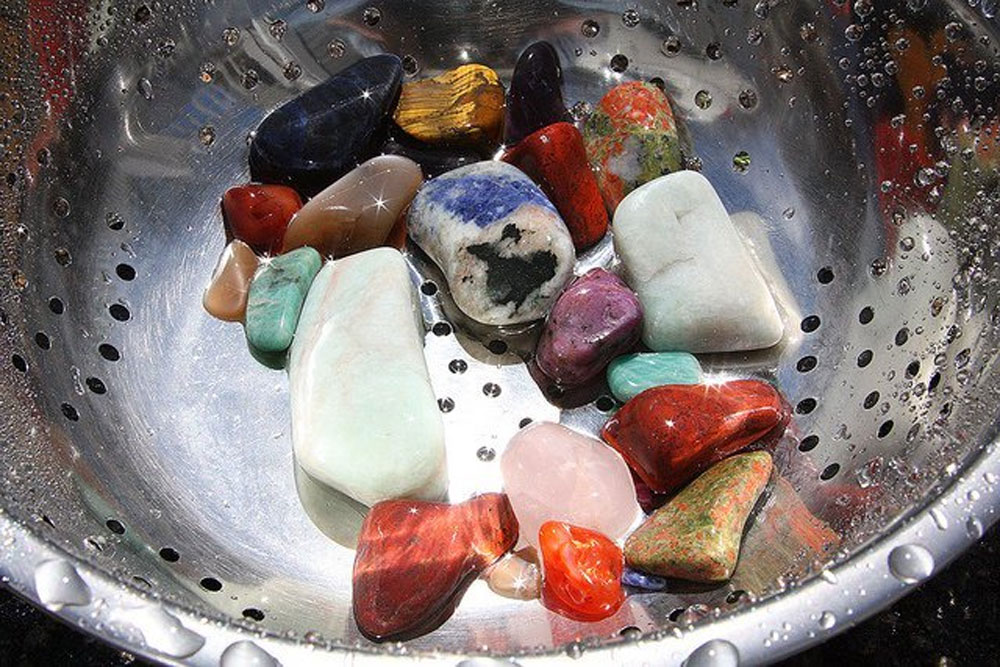
2. Cabochon Cutting
Also known as ‘cabbing’, cabochon cutting is one of the most common forms of lapidary art. Taking slightly longer to master, this technique is used to enhance and display the natural pattern of a gemstone that may otherwise be hidden. Cabochon cutting is usually used on softer stones where faceting wouldn’t be suitable. Cabochon cut gemstones are usually round or oval in shape, but can sometimes be found in more unusual shapes such as square or rectangle.
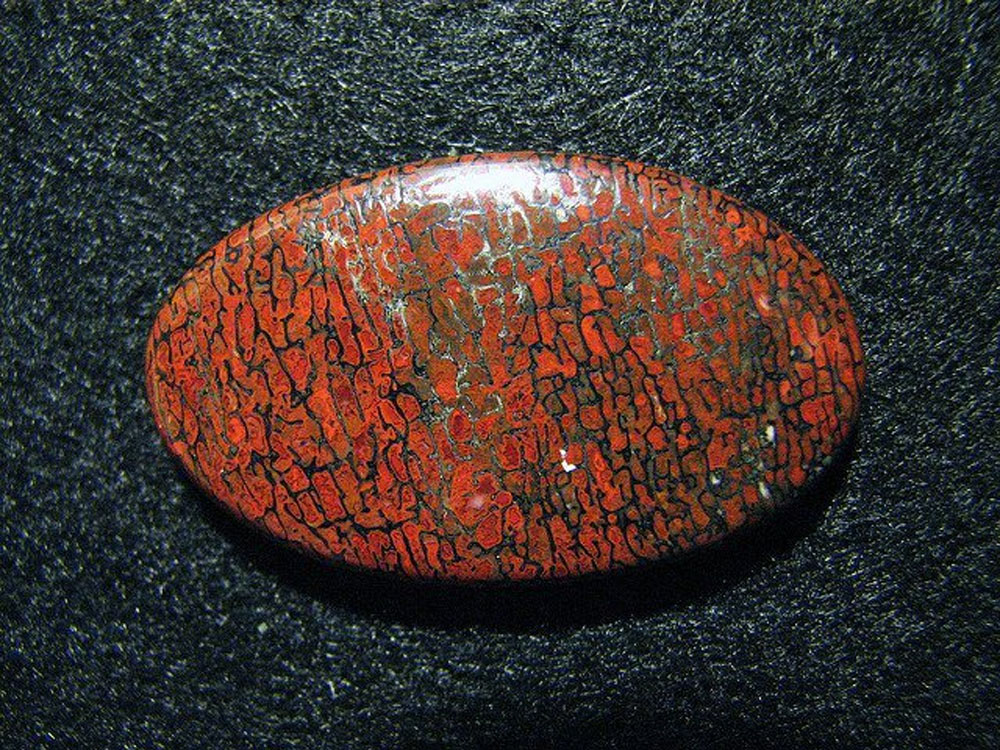
3. Faceting
If you haven’t heard of this before, faceting is where a gem has a number of flat surfaces, or facets, in order to reflect the light entering the stone. Most jewelry makers use a faceting machine to create this effect. Commonly used on diamonds in wedding and engagement rings, faceting is one of the most profitable lapidary techniques.
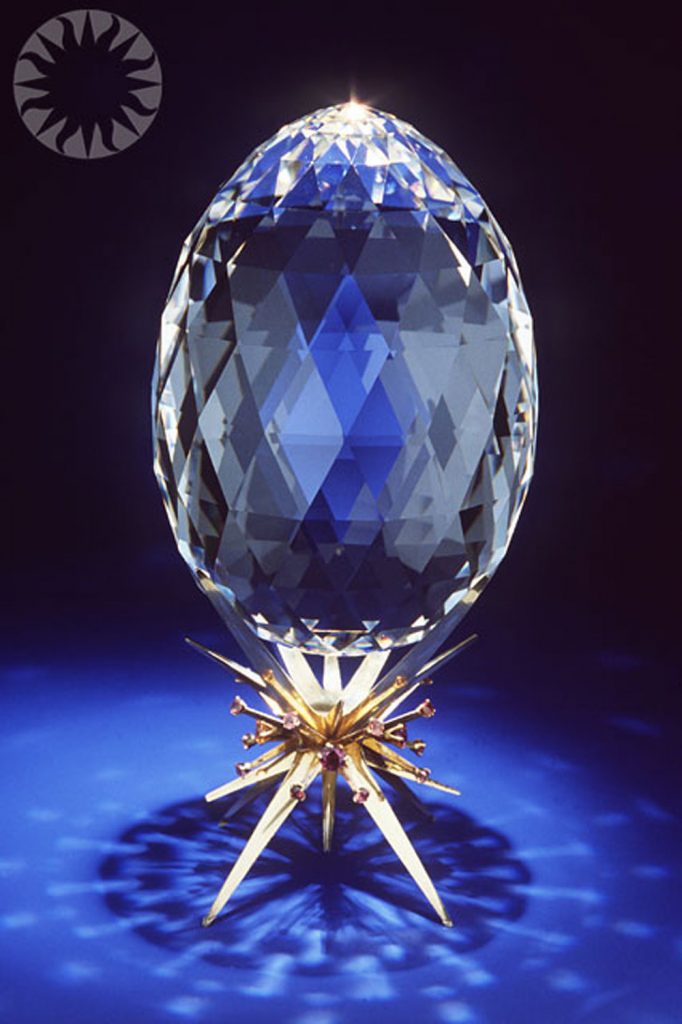
4. Carving
Carving is the most challenging of the lapidary arts. There are very few recognized experts in the field. To succeed at gem carving, you do need a distinctive artistic sense and a thorough understanding of lapidary principles. More so than wood or metal, gem material presents definite limits to what you can carve.
There are several types of gem carving. One of the best-known forms is a cameo. Gem carvers usually cut them from seashells or agates. However, almost any material may work. Cabochons are often carved, too. If the design is cut into the top of a cab, it’s called an intaglio or relief carving. If the design is carved on the back, it’s a reverse intaglio. Some carvings aren’t designed to be used in jewelry. Carvers cut these stand-alone carvings simply for their beauty.
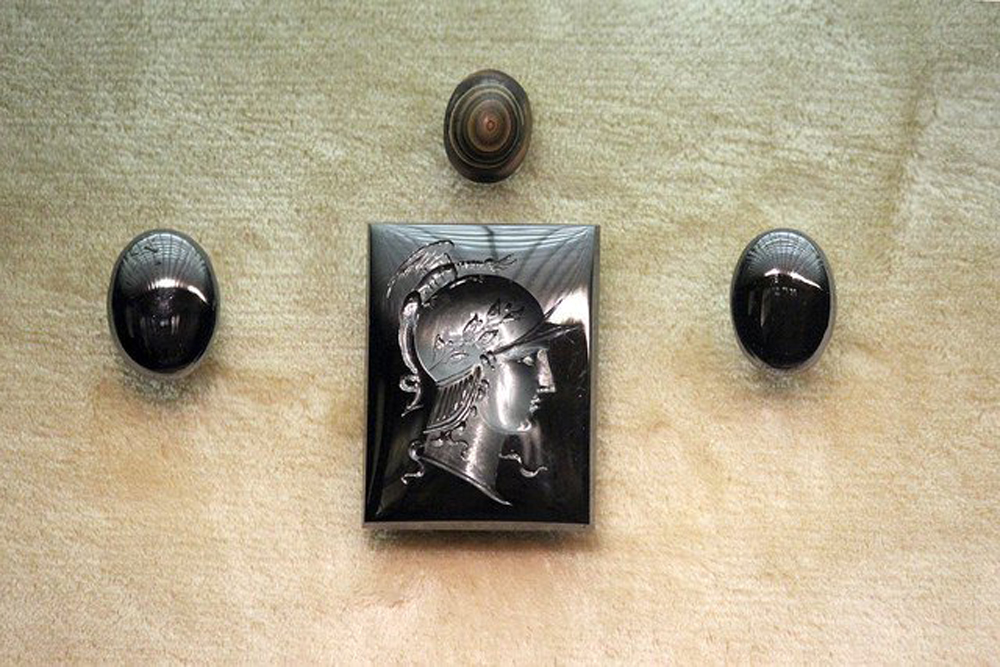
What are the different lapidary tools and equipment?
Interested in giving one or more of these techniques a go? You’ll need to understand more about the different lapidary tools first. The basic lapidary tools for beginners include:
1. Trim saw or Slab Saws
There are two types of saws because not all stones are sized equally.
A trim saw has a small, thin blade, that is made for cutting small stones into smaller chunks, or for creating a flat edge for a cabochon.
A lapidary slab saw in turn has a larger and thicker blade. It is suitable for trimming down large stones that won’t fit into the trim saw.
2. Tumblers
Tumblers are machines used to smooth and polish stones. They are a popular tool used by jewelry, craft, and lapidary hobbyists for producing tumbled stones such as gems, agate, jade, crystal, ruby, sapphire.
There are two types of tumblers: rotary and vibratory, but both serve the same purpose of polishing and rounding rough stones.
3. Cabbing or Cabochon Cutters
If you are looking for rounded cabochons fit for pendants and other accessories, then you will need a cabbing machine. Cabbing machines consist of a station that has one or multiple grinding wheels with different grits. Some may even come equipped with a saw to make the cabbing process easier by giving stones a flat back.
4. Faceting Machines
A faceting machine is broadly defined as any device that allows the user to place and polish facets onto a mineral specimen.
5. Flat Laps
A flat lap is a grinding disc on top of a spindle, usually with a setup water drip system. Laps can be ergonomic to make the grinding process easier, or horizontal. The grinding discs have different levels of abrasiveness for each phase of faceting. A coarse disc is used for the initial shaping, which is swapped out later on for a finer-grit disc for polishing.
6. Rotary Tools and Dremels
Carving intricate shapes and details onto stones will require a rotary tool or a Dremel.
7. Polishing Tools
Polishing tools are used as an extra step to make the gemstones shine bright.
What are Abrasives and which abrasive tools are used for lapidary production?
An abrasive is a material, often a mineral, that is used to shape or finish a workpiece through rubbing which leads to part of the workpiece being worn away by friction. While finishing a material often means polishing it to gain a smooth, reflective surface, the process can also involve roughening as in satin, matte, or beaded finishes. In short, the ceramics that are used to cut, grind, and polish other softer materials are known as abrasives. Some common uses for abrasives include cutting, grinding, polishing, and carving. In other words, the practice of abrasive machining is material removal by action of hard, abrasive particles usually in the form of a bonded wheel. Let us check out some of the best abrasive tools below:
A. Cutting Wheel
A cutting wheel is a wheel made from an abrasive compound used to cut through hard materials. The cutting wheel, as its name defines is used to cut materials into small pieces. The diamond cutting wheel is a suitable tool for lapidary stone cutting, in agrindtool, we have two types, metal bond diamond cutting wheels and cold-pressed diamond cutting wheels.
1. Metal Bond Diamond Cutting Wheel
Metal Bond Diamond Cutting Wheel or diamond cut-off wheel is suitable for cutting and grinding glass, quartz, ceramic, etc. The metal bond cutting wheel can be used to cut thin granite and tiles where the relief requirement is minimal but is found to be brittle. The wheel can cut only at high speeds of 1800 rpm and above. However, some materials may need to be operated at slow speeds for better-cutting action.
Bonded: Metal bond
Abrasive Materials: Diamond
Specifications:
- Diameter: 4 inches – 16 inches or 100 – 400 mm
Features:
- Fast Cutting, improve cutting efficiency
- Free of chipping, Excellent cutting surfaces, and edges
- High Precise Cutting and grooving, High accuracy.
- Smooth cutting, no clipping of the blades
- Much longer life than traditional abrasive cutting wheels.
Advantages:
- A high-speed, long-lasting, and portable glass-cutting solution
- Always gives smooth and clean cuts
- The ideal blade for glass tile applications
Application:
Precision cutting of various ceramics, quartz, glass, ferrite, etc.
Industries:
- Optical/precision equipment
- Machine/Tool
- Semiconductor/Electronics
We can provide the wheel in standard diameters of 100 mm,150, and 200 mm with ID and thickness of 0.8 to 1 mm, 1.25 mm, 1.5 mm, and 2 mm as per customer specification. Other sizes and shapes can be made according to customers’ requirements.
2. Cold Pressed Diamond Cutting Wheel
Cold-pressed diamond cutting wheels are made of high-strength steel, and selected high-quality diamond grains.
Specifications:
- Standard diameter: 4 inches, 6 inches, 12 inches, 14 inch
- Thickness: 0.8 mm to 1.2 mm
Features:
- High Cutting efficiency
- Very fine appearance
- Saving cost
- No security risk
Usage: Wet Cutting
Processing: Cold pressed
Application: These wheels can be used for cutting thicknesses of 20-35 mm. Used for cutting Concrete, Block, Brick, Stone, Pavers
B. Grinding Wheel
Grinding wheels are composed of abrasive compounds and are used for various grinding (abrasive cutting) and abrasive machining operations.
1. Lapidary Diamond Coated Grinding Polishing Wheel
Lapidary Diamond Coated Grinding Wheel is Mainly used in the special-shaped processing of hard and brittle materials, For grinding or polishing gemstones, such as granite, marble, glass, tile, or most natural or engineering stones, crystal, artificial crystal, ceramics, etc.
Specifications:
- Outside diameter: 6 inch
- Wheel width: 25.4 mm
- Bore size: 25.4 mm
Features:
- High efficiency of polishing more quantities of natural diamond than metal bonded diamond grinding wheels.
- High abrasive resistance and less wastage and consumption.
- High speed and precision on the diamond and cause less heat while bruting.
- Long life of wheels and high smoothness surface of natural diamond.
Application:
It is specially designed for lapidary, glass, ceramics, semiconductors and etc.
2. Lapidary Diamond Surface Grinding Disc
The Lapidary Diamond Grinding Disc is made with diamond abrasives. Diamond-coated flat lap disc wheels are recommended for rough and fine grinding on faceting material.
Applications:
- Polishing and faceting gemstones (jade, crystal, agate)
- Jewelry Making
- Glass Artwork
- Precision machining Industry
Types of Diamond Grinding Disc:
- Metal bond diamond grinding disc
- Electroplated diamond coated flat lap wheel lapidary
- Resin bond diamond grinding disc
C. Polishing Wheel
The purpose of a polishing wheel is to give the metal a soft, smooth surface. Metal can get damaged over time, creating a jagged, rough texture. The abrasive properties of a wheel help to buff this down so it becomes smoother. This is achieved by using the wheel in combination with an abrasive compound.
Soft flexible diamond Polishing wheel for lapidary
A soft flexible diamond Polishing wheel for lapidary is used for polishing or shaped processing of precious stones such as lapidary, gems, and jade. Diamond grains are embedded within a tough, flexible plastic resin and backed by an extra soft, thick sponge.
- Has excellent flexibility
- Excellent cutting ability
- The use of diamond powder has the advantages of good softness, sharp grinding, fast glazing, and high luminosity so that the gemstone surface can quickly achieve good crystal brightness and gloss
- Suitable for processing hard and brittle materials
- Less dust and less environmental pollution
- Easy to use
Application:
- It can be used to polish precious ornaments such as gems and jade, which will not change the current status of gemstone jade surface during grinding;
- Can be used for surface polishing of various artificial crystals, glass crafts, etc.;
- It can be used for surface grinding of small crafts such as ceramic crafts, metal pendants, wood products, etc.;
- Can be used for grinding and polishing of glass lenses;
- Can be used for bracelet processing;
- Can be used for metal materials processing.
Want to know more about the above Abrasive Tools? The video grinding Polishing Cutting and Drilling Abrasive Tools – Forturetools has all the different abrasive tools covered and provides detailed instructions for each tool. Not only is this suitable for beginners, but it’s good to keep around for any needed memory jogging.
Now we’ve answered your questions on ‘what is lapidary?’, the different arts, and all the lapidary and abrasive tools, you’re ready to give it a go yourself. Head to the FortureTools Blog section for more advice and tips.
Safety Regulations
Dealing with saws, grinding wheels, and stones need the proper gear to keep you safe and sound, here’s a list of some essentials you’ll need:
- Safety goggles to avoid any flying shards or stone dust
- A finger guard or finger guarding tape. These are optional but help with avoiding blisters while cabbing or faceting
- Safety gloves, this is a must when using any type of saw or drill bits
This list is mostly for guidance, but you should follow the full safety regulations while working with power tools. This includes electric, mechanical, occupational, and chemical safety. Keeping your work area well ventilated, properly lighted, and comfortable are also an important consideration.
Wrapping up Best Lapidary Tools and Abrasives
Dealing with gemstones involves a lot of lapidary tools, so before dipping your toes into lapidary waters, you need to be familiar with the needed lapidary tools and equipment, and different techniques. Starting a new hobby as intricate as lapidary may seem intimidating at first, but once you know the different tools out there and how to use them, it’s just a matter of building up your workshop one tool at a time.
If you want to know more about other grinding wheels and abrasive tools, Subscribe to the torture tools youtube channel https://goo.gl/HRjDsM
You can also contact our expert Mrbrianzhao directly for help E-mail: [email protected] Whatsapp: +8613733809594
Contact Mrbrianzhao
[wpforms id=”478″ title=”false” description=”false”]
